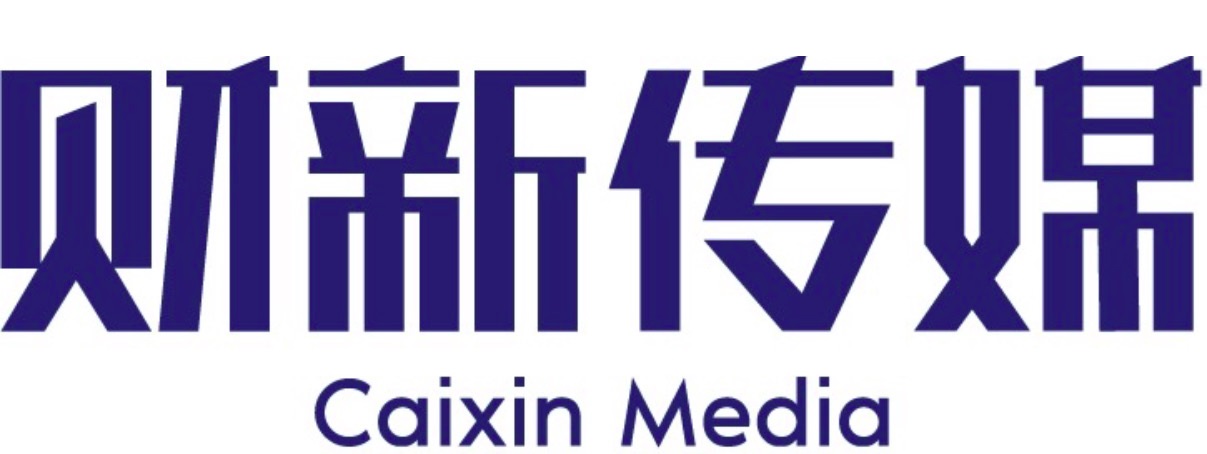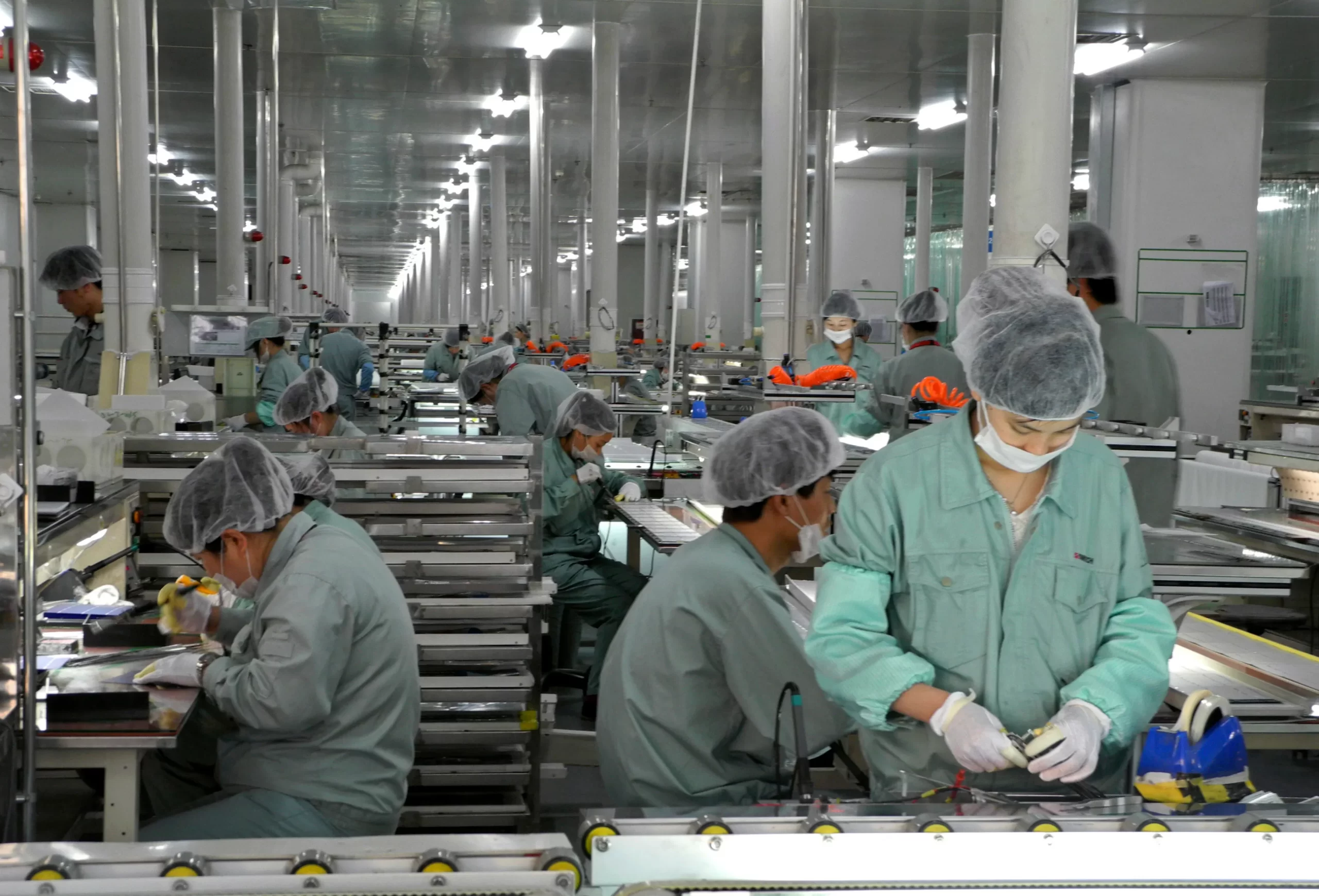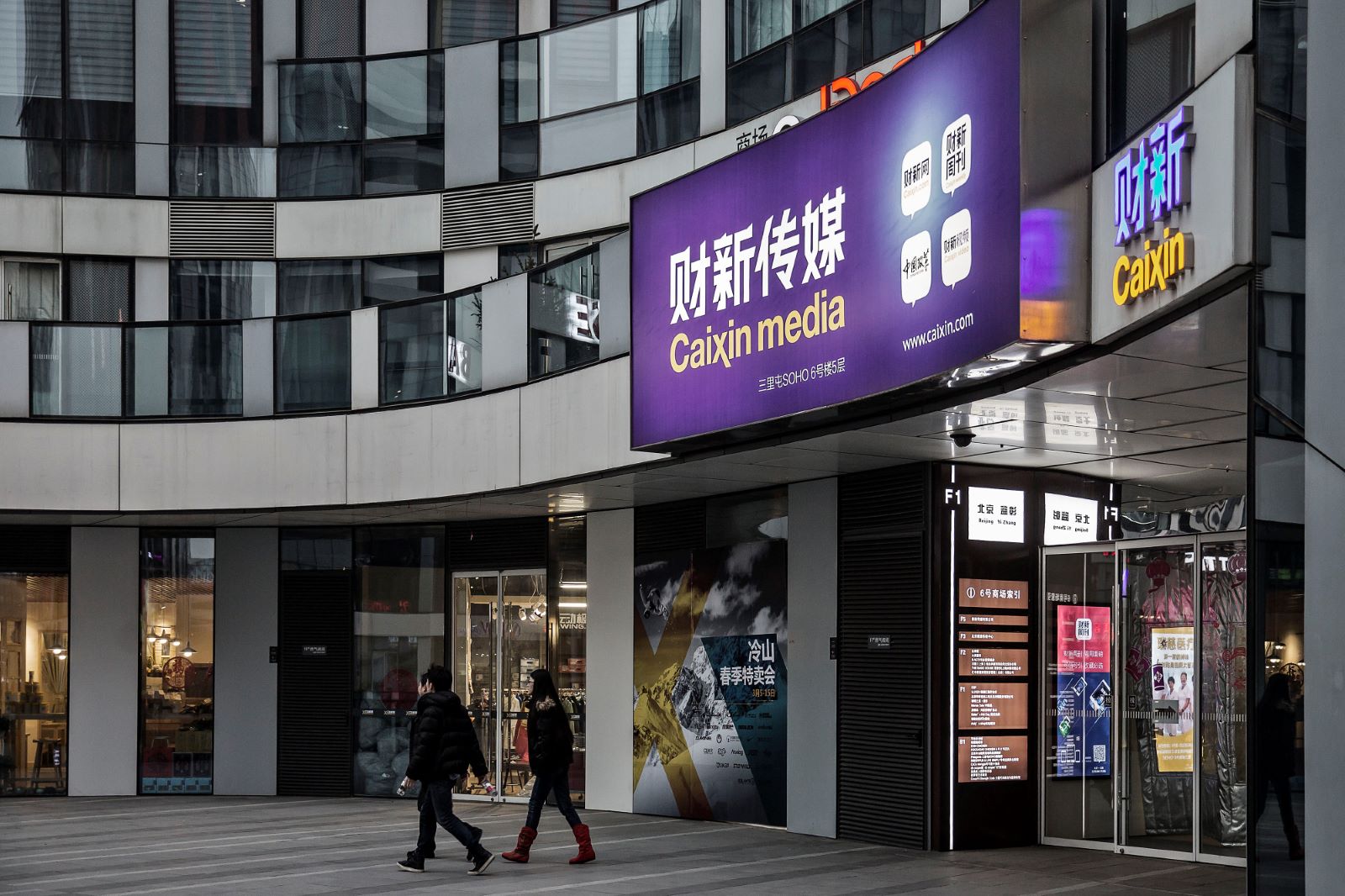China’s manufacturing sector continued its expansion for the third consecutive month in January, propelled by the first growth in new export orders in seven months, according to a private-sector survey released on Thursday.
However, the persistent divergence between this data and official figures underscores the uneven growth in the world’s second-largest economy and highlights the necessity for policy support.
The Caixin/S&P Global manufacturing purchasing managers’ index (PMI) remained steady at 50.8 in January, consistent with December’s figure, surpassing economists’ expectations of 50.6. A reading above 50 indicates expansion, while below 50 signifies contraction.
In contrast, China’s National Bureau of Statistics reported a fourth consecutive monthly contraction, with the official manufacturing PMI at 49.2 in January, down from 49 in December.

“Overseas demand picked up slightly with new export orders expanding for the first time in seven months.
Surveyed companies reported that the largest output increase was in investment goods, while the improvement in external demand was mainly seen in intermediate goods,” said Wang Zhe, senior economist at Caixin Insight Group.
The discrepancy between the two surveys is largely attributed to differences in sample sizes. The Caixin manufacturing PMI surveys approximately 650 private and state-owned manufacturers, predominantly export-oriented and located in China’s coastal regions, while the official PMI covers 3,200 companies across China.
Despite variations in survey methodology, some common trends emerge. Both surveys indicated a downward trend in employment within China’s manufacturing sector.

“Employment continued to decline… the labor market shrank in January for the 10th time in the past 11 months,” Wang noted. Moreover, China has been grappling with deflationary pressures for the past nine months, with producer prices declining consistently over the past year.
“Price levels remained weak… Increases in input costs were limited… The measure for input costs hit the lowest level since August,” Wang added.
Additionally, output prices experienced further weakness, reflecting heightened market competition that constrained companies’ pricing power.
The consistent expansion in manufacturing activity coupled with persistent challenges in employment and price pressures underlines the delicate balance facing China’s economy and the necessity for targeted policy interventions to sustain growth momentum.







Leave a Reply